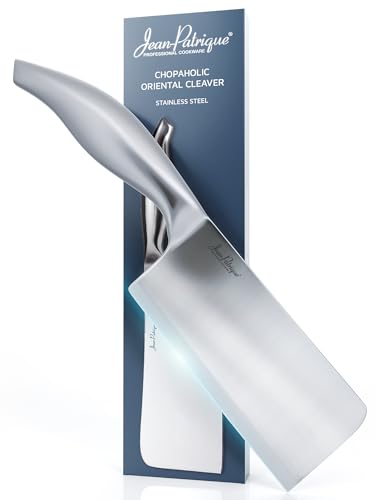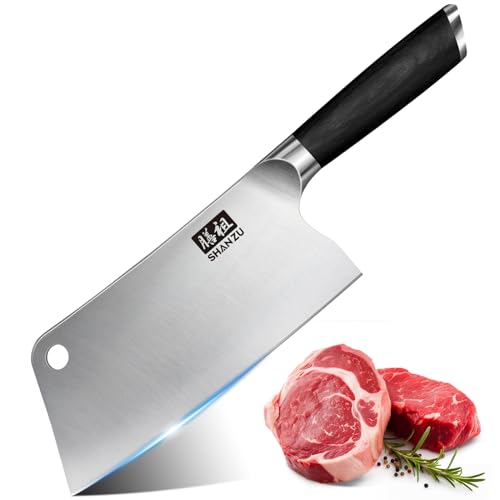Understanding the Different Types of Cleavers
Before you start butchering with a cleaver, it’s important to understand that there are different types of cleavers designed for specific tasks. Heavy-duty cleavers are ideal for breaking through bones and joints, while lighter cleavers are better for slicing and chopping soft tissues like meat. Make sure you have the right type of cleaver for the job to maximize your efficiency and reduce the risk of injury.
Mastering the Hold and Grip
The way you hold and grip your cleaver is crucial when it comes to precision and safety. The ideal grip is a pinch grip, where you hold the handle between your thumb and index finger, while resting the other fingers on top of the handle for support and balance. This grip allows you to maintain control over the blade without straining your wrist or losing your grip during repetitive tasks.
Perfecting Your Technique
When it comes to butchering with a cleaver, technique is everything. Position the meat on a stable surface and use your non-dominant hand to hold it in place while your dominant hand uses the cleaver to make accurate cuts. Use a rocking motion when chopping to ensure that you get through the meat in one clean motion. Avoid using too much force, as this can lead to accidents and injuries.
Maintaining Your Cleaver
To ensure that your cleaver remains sharp and effective, it’s important to keep it well-maintained. After each use, wash the blade with warm soapy water and dry it thoroughly to prevent rust and corrosion. Sharpen the cleaver regularly using a sharpening stone or a honing steel to maintain its sharpness and ensure that it performs at its best.
Safety Tips to Keep in Mind
When using a cleaver for butchering, it’s important to observe some basic safety rules to reduce your risk of injury. Always wear protective gloves and goggles when handling the cleaver to prevent accidents. Keep the blade out of reach of children and store it in a safe place when not in use. Never leave the blade unattended and avoid using it for anything other than its intended purpose.






